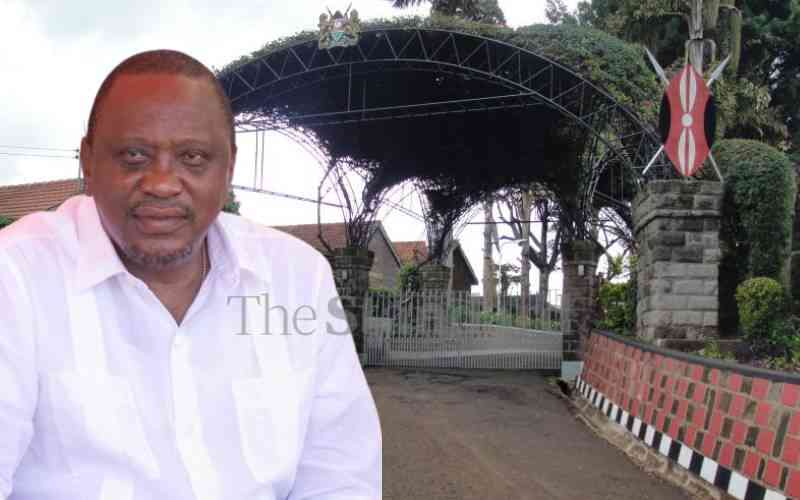In the serene and fertile Midlands in KwaZulu-Natal - five kilometres north-west of Howick - is the Nelson Mandela Capture Site, one of South Africa’s most iconic shrines.
Located on the R103 Road, the monument is said to be the exact spot where Mandela’s “Long Walk to Freedom” journey started.
The monument symbolises South Africa’s struggle against injustices and inequality under the apartheid regime.
It is said that on August 5, 1962, armed apartheid police officers arrested Nelson Mandela as he was driving on R103 Road. Before his arrest, Mandela, nicknamed ‘Black Pimpernel’ because of his elusive nature, had disguised himself as a chauffeur named David Motsamayi.
“In the car, Mandela was disguised as a chauffeur; his comrade Cecil Williams who was in the passenger seat. Earlier, they had paid a secret visit to ANC President Chief Albert Luthuli at his home in Groutville,” Dulce Baptista, a tour guide, told this writer during a recent tour of the area.
Mandela had paid Luthuli a courtesy call to brief him on his trips to Algeria where he had received military training, and London where he had gone to seek support for the liberation movement.
Mandela’s arrest on R103 Road was followed by a series of trials, which would later be infamously referred to collectively as the Rivonia Treason Trial. It is these trials that lead to his incarceration for 27 years.
Right opposite the monument, which until 2012 was just a sign labelled ‘Nelson Mandela Capture Site’, the construction of an expansive museum, which will include a multipurpose theatre and an amphitheatre, is going on.
At the Nelson Mandela Capture Site is a temporal structure with a colourful display of historical photos, literary materials and video records that narrate Mandela’s legacy and his “Long Walk to Freedom”.
Also found at the site is an interactive Nelson Mandela sculpture, which is a one-of-a-kind piece of art. The sculpture, a creation of Marco Cianfanelli, was launched by President Jacob Zuma during the 50th anniversary of Mandela’s arrest.
The sculpture creates an optical illusion for visitors watching from a distance. It consists of 50 vertical steel columns, each measuring between 6.5 and 9.5 metres tall.
The sculpture can be accessed via a 35-metre walkway built by architect Jeremy Rose, symbolising Mandela’s long walk to freedom. From a distance, the portrait of Nelson Mandela, facing west, becomes apparent as the 50 linear vertical units line up to create the illusion of a flat image.
Marco Cianfanelli has been quoted saying that the 50 columns represent the 50 years since Mandela’s capture.
“It points to an irony, as the political act of Mandela’s incarceration cemented his status as an icon of struggle, which helped ferment the groundswell of resistance, solidarity and uprising, bringing about political change and democracy,” he said.
Stay informed. Subscribe to our newsletter
 The Standard Group Plc is a
multi-media organization with investments in media platforms spanning newspaper
print operations, television, radio broadcasting, digital and online services. The
Standard Group is recognized as a leading multi-media house in Kenya with a key
influence in matters of national and international interest.
The Standard Group Plc is a
multi-media organization with investments in media platforms spanning newspaper
print operations, television, radio broadcasting, digital and online services. The
Standard Group is recognized as a leading multi-media house in Kenya with a key
influence in matters of national and international interest.
 The Standard Group Plc is a
multi-media organization with investments in media platforms spanning newspaper
print operations, television, radio broadcasting, digital and online services. The
Standard Group is recognized as a leading multi-media house in Kenya with a key
influence in matters of national and international interest.
The Standard Group Plc is a
multi-media organization with investments in media platforms spanning newspaper
print operations, television, radio broadcasting, digital and online services. The
Standard Group is recognized as a leading multi-media house in Kenya with a key
influence in matters of national and international interest.








